When it comes to choosing the perfect tile for your home, it can quickly become overwhelming with the vast array of options available. Two popular choices that often come up in the debate are ceramic tile and porcelain tile. Both ceramic and porcelain tiles have their own unique characteristics, advantages, and disadvantages that make them suitable for different spaces and applications. Understanding the differences between these two types of tiles can help you make an informed decision on which one is best for your needs.
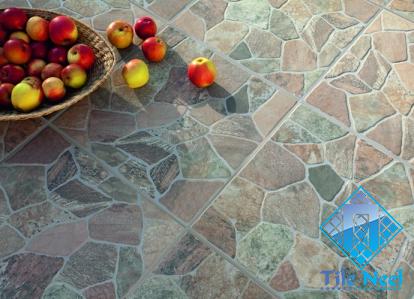
.
**Composition and Manufacturing Process** One of the key differences between ceramic and porcelain tiles lies in their composition and manufacturing process. Ceramic tiles are made from a mixture of natural clay and other materials. The clay is molded into shape, dried, and then fired in a kiln at high temperatures. The glaze is later added to the surface to give it color and finish. On the other hand, porcelain tiles are made from a finer mixture of clay and other materials, including feldspar and quartz. These tiles are pressed under high pressure and fired at even higher temperatures than ceramic tiles. This results in a dense and hard material that is less porous than ceramic tiles. **Durability** Porcelain tiles are known for their durability and strength. The high firing temperatures during the manufacturing process make porcelain tiles more resistant to wear and tear, making them ideal for high-traffic areas such as kitchens, bathrooms, and entryways. Porcelain tiles are also less likely to chip or scratch compared to ceramic tiles, making them a great choice for busy households or commercial spaces. Ceramic tiles, while durable, are not as hard as porcelain tiles. They are more prone to chipping and scratching, especially in high-traffic areas. However, ceramic tiles are still suitable for most residential applications and can be a cost-effective option for those on a budget. **Water Absorption** One of the most significant differences between ceramic and porcelain tiles is their water absorption rate. Porcelain tiles are less porous than ceramic tiles, with a water absorption rate of less than 0.5%. This makes porcelain tiles highly resistant to water, stains, and bacteria, making them ideal for wet areas such as bathrooms, kitchens, and outdoor spaces.
..
Ceramic tiles, on the other hand, have a higher water absorption rate, typically ranging from 0.5% to 3%. While ceramic tiles are suitable for indoor use, they may not be the best choice for areas exposed to a lot of moisture. In wet environments, such as bathrooms and kitchens, ceramic tiles may require regular sealing to prevent water damage and staining. **Appearance and Design** Both ceramic and porcelain tiles come in a wide range of colors, patterns, and textures to suit various design preferences. Ceramic tiles are versatile and can mimic the look of natural stone, wood, or other materials. They are available in glazed and unglazed options, allowing for different finishes and styles. Porcelain tiles, on the other hand, offer a more consistent and uniform appearance due to their dense composition and high firing temperatures. They are available in a variety of finishes, including matte, glossy, and textured, and can replicate the look of marble, concrete, or metal. **Cost** Cost is often a significant factor when choosing between ceramic and porcelain tiles. Porcelain tiles are generally more expensive than ceramic tiles due to their manufacturing process and durability. However, the long-term benefits of porcelain tiles, such as low maintenance and longevity, may outweigh the initial cost for some homeowners. Ceramic tiles are more budget-friendly and can be a cost-effective option for those looking to tile a large area or complete a renovation on a tight budget. While ceramic tiles may require more maintenance and replacement over time, they can still provide a beautiful and durable finish for your space. **Installation and Maintenance** Both ceramic and porcelain tiles are relatively easy to install for experienced DIYers or professional installers. However, porcelain tiles can be more challenging to cut due to their density and hardness. Special tools may be required to cut and install porcelain tiles properly. In terms of maintenance, both ceramic and porcelain tiles are easy to clean and maintain. Regular sweeping and mopping with a mild detergent are usually all that is needed to keep your tiles looking their best. For areas with heavy foot traffic or exposure to moisture, sealing grout and tiles periodically can help prolong the lifespan of your tiled surface.
…
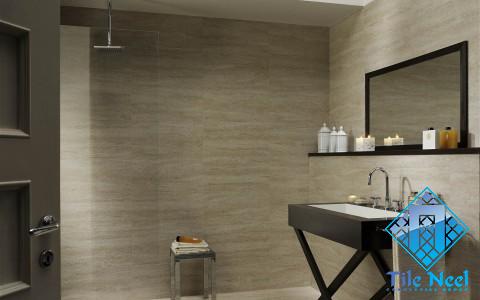 **Conclusion** In conclusion, both ceramic and porcelain tiles have their own advantages and disadvantages that make them suitable for different applications. Porcelain tiles are durable, water-resistant, and low maintenance, making them ideal for high-traffic areas and wet environments. Ceramic tiles are more affordable and versatile, making them a popular choice for budget-conscious homeowners. When deciding between ceramic and porcelain tiles, it’s essential to consider your specific needs, budget, and design preferences. Whether you choose ceramic or porcelain tiles, both can provide a beautiful and long-lasting finish for your space. Ultimately, the choice between ceramic and porcelain tiles comes down to your personal preferences and priorities for your home. Consider your lifestyle, the area where the tiles will be installed, and your budget when making a decision between ceramic and porcelain tiles. If you prioritize durability and water resistance, porcelain tiles may be the best option for you. For those looking for a more budget-friendly choice with a wide range of design options, ceramic tiles could be the perfect fit. Remember that both types of tiles offer versatility in terms of design, colors, and finishes, allowing you to create a customized look for your space. Whether you prefer a sleek modern appearance, a rustic natural look, or a traditional style, there are ceramic and porcelain tiles available to suit your aesthetic preferences. It’s important to consult with a professional or visit a tile showroom to see and feel the differences between ceramic and porcelain tiles firsthand. This will help you make an informed decision based on the look, feel, and performance of each type of tile. In conclusion, the choice between ceramic and porcelain tiles ultimately depends on your specific needs and preferences. Both options have their own unique characteristics and benefits, so take the time to consider what is most important to you in terms of durability, maintenance, design, and budget. Whichever type of tile you choose, investing in high-quality materials and professional installation will ensure a beautiful and long-lasting finish for your home. Whether you go for the timeless elegance of porcelain tiles or the versatile appeal of ceramic tiles, you can enhance the beauty and functionality of your space with the perfect choice.
**Conclusion** In conclusion, both ceramic and porcelain tiles have their own advantages and disadvantages that make them suitable for different applications. Porcelain tiles are durable, water-resistant, and low maintenance, making them ideal for high-traffic areas and wet environments. Ceramic tiles are more affordable and versatile, making them a popular choice for budget-conscious homeowners. When deciding between ceramic and porcelain tiles, it’s essential to consider your specific needs, budget, and design preferences. Whether you choose ceramic or porcelain tiles, both can provide a beautiful and long-lasting finish for your space. Ultimately, the choice between ceramic and porcelain tiles comes down to your personal preferences and priorities for your home. Consider your lifestyle, the area where the tiles will be installed, and your budget when making a decision between ceramic and porcelain tiles. If you prioritize durability and water resistance, porcelain tiles may be the best option for you. For those looking for a more budget-friendly choice with a wide range of design options, ceramic tiles could be the perfect fit. Remember that both types of tiles offer versatility in terms of design, colors, and finishes, allowing you to create a customized look for your space. Whether you prefer a sleek modern appearance, a rustic natural look, or a traditional style, there are ceramic and porcelain tiles available to suit your aesthetic preferences. It’s important to consult with a professional or visit a tile showroom to see and feel the differences between ceramic and porcelain tiles firsthand. This will help you make an informed decision based on the look, feel, and performance of each type of tile. In conclusion, the choice between ceramic and porcelain tiles ultimately depends on your specific needs and preferences. Both options have their own unique characteristics and benefits, so take the time to consider what is most important to you in terms of durability, maintenance, design, and budget. Whichever type of tile you choose, investing in high-quality materials and professional installation will ensure a beautiful and long-lasting finish for your home. Whether you go for the timeless elegance of porcelain tiles or the versatile appeal of ceramic tiles, you can enhance the beauty and functionality of your space with the perfect choice.
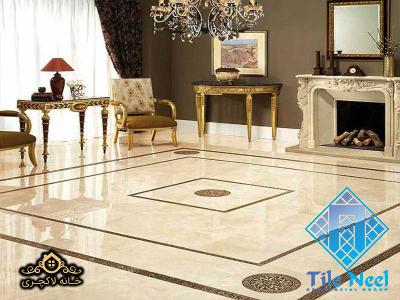
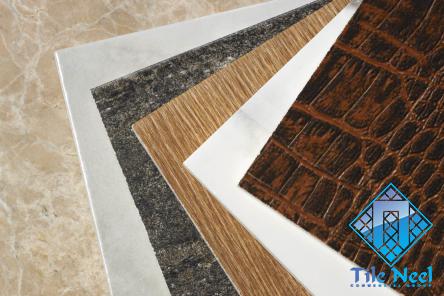

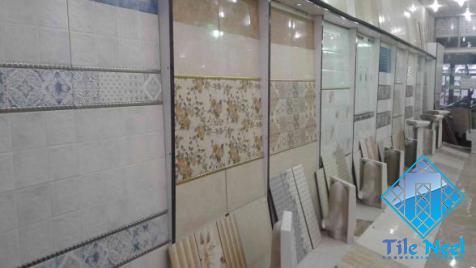
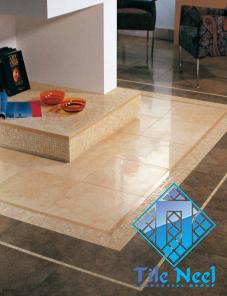
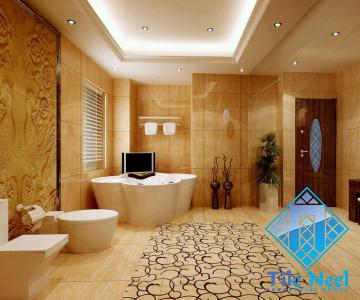
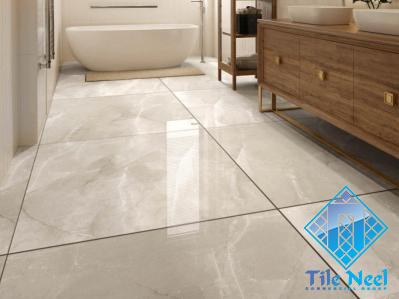
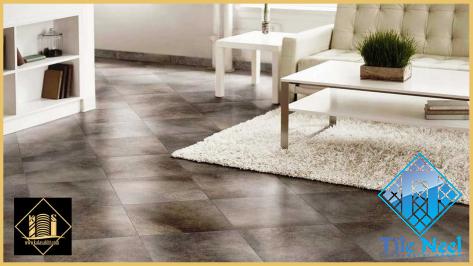
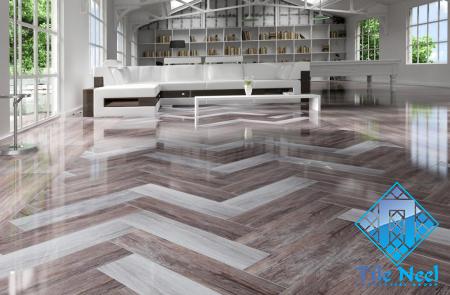
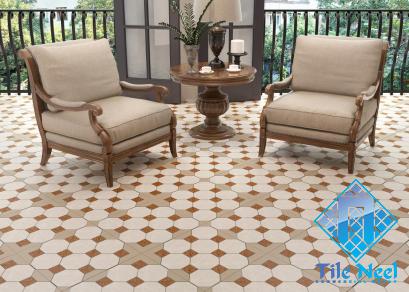
Your comment submitted.